On August 8th, 1991, the tallest structure on our planet’s surface (standing 2,120 feet or: 646 meters high) bent, snapped and collapsed. It had stood twice the height of the next-tallest structure in Europe and would not be surpassed by any tower on Earth until the completion of the (2,722-foot) Burj Khalifa nearly two decades later. And yet, the destruction of this record-holding wonder went largely unnoticed by the world at large.
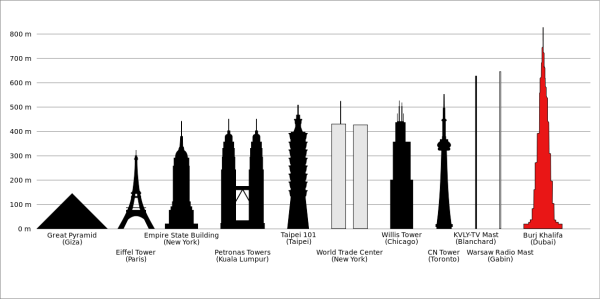
The Radiophonic Transmission Center Konstantynow (aka Warsaw Radio Tower) was a pragmatic affair of trusses and wires, sending out signals that could be picked up from Europe, Africa, and even North America. Built from 1970 to 1974, the 420-ton steel lattice tower fell into disrepair over time, setting it up for the sudden disaster that would ultimately bring it down.
Susceptible to collapse due to lack of maintenance, an accident while exchanging guy-wires in high winds led the main mast to buckle and then break halfway up. Debris and shrapnel were sent spiraling into the air and shooting into the ground far below. Miraculously, no one was hurt, and support structures on the site, including the helix and transmitter buildings, remained intact.
An investigating committee determined that blame lay with Mostostal Zabrze, the company which built and maintained the mast. The construction coordinator and the division chief were found liable for the collapse, and both were sentenced to two years in prison.
In the never-ending race to claim the “world’s tallest building” title, the Council on Tall Buildings and Urban Habitat, noted arbiters of such records, do not recognize radio towers as independent buildings. However, their rules also do not call for all factored parts of a structure to be occupiable, either. Thus, radio towers, antennas and spires, while not considered as stand-alone structures, can be crucial in bolstering the total considered height of building to which they are attached.
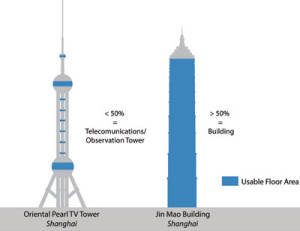
One could argue the council does not have the highest of standards, though, so to speak. Surprisingly, only half of a building’s height must be made up of floor plates containing habitable floor area in order for it to be a contender for “tallest” record status. Further, their criteria and definitions have continued to change over time, suggesting a degree of subjectivity.
Aside from masts and towers, there are other contentious factors to be found in their rule book as well, including: whether the building is under construction or finished, whether it is supported by tension wires or even how much of its height is subterranean and underwater.

This brings us to yet another of the world’s tallest structures: the Petronius, an oil platform that stands 2,001 feet off of the sea floor in the Gulf of Mexico. Before the Burj, it also had a claim to being the world’s tallest free-standing structure, recognized as such by Guinness World Records in 2007.
As a building, though, the status of the Petronius contend for CTBUH’s “tallest building,” in part because only a 246-foot-tall section of the 43,000-ton structure sits above the surface of the water. It also has a noticeable deficit with regards to that pesky ‘occupied floors’ criteria.
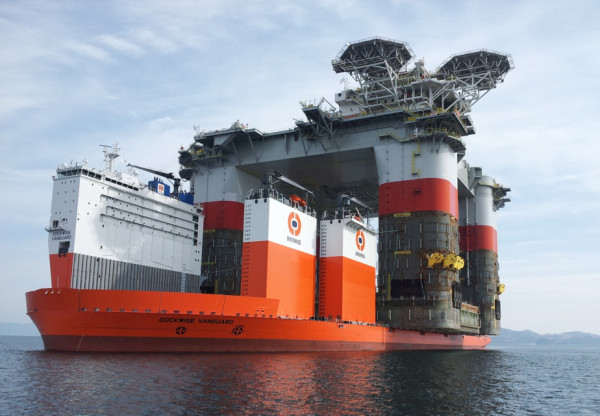
Tension-leg platforms, like the nearby Ursa (4,285 feet) can get even taller; the Magnolia, also in the Gulf of Mexico, stands a stunning 4,698 feet off the sea floor, much taller than the Burj.
These are generally even less regarded as potential “tall buildings,” however, for the same reasons as oil platforms but also because so much of the structure consists of tendons that work in tension (versus compression), tethering the surface modules to the sea floor.
From oil platforms to radio towers, most of these record-breaking, non-building structures come and go unnoticed. When one is deconstructed or destroyed, a plaque is rarely left to commemorate its existence or passing (in the video above: an engineer intentionally brings down an old 200-foot tall radio tower by cutting the guy wires).

The Warsaw tower was never rebuilt. Where it once stood, one can still find broken trusses and tangles of wire strewn about the surface, as well as the base of the former mast and tethering blocks for its guy-wires. None of the leftover remnants have been removed, but they are also not maintained. A small support building on its former site is one of the only sizable remains still standing, and the only structure that a building-record-granting body might think to classify as architectural.
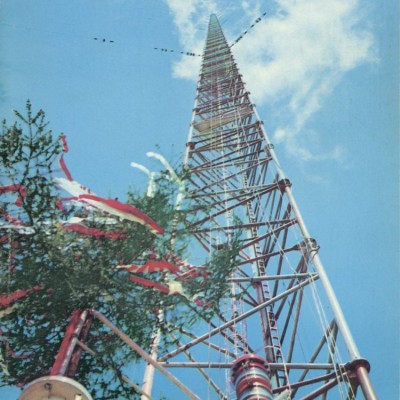
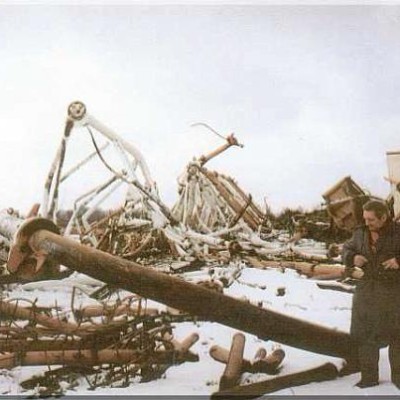
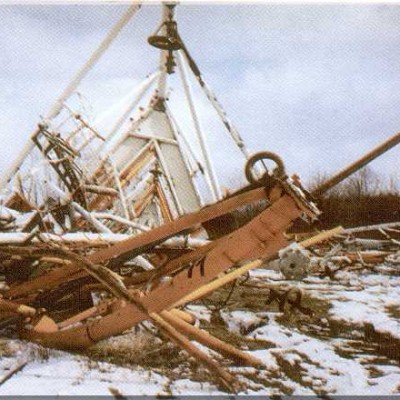






Comments (4)
Share
Nice website about this radio center (only in Polish, but Google Translate can help):
http://www.rcnkonstantynow.pl/
With respect to Towers and structure one of the reasons the Empire State building is larger than the Chrysler building was because of Its tower which the department of defense claimed as a landing site for Hindenburg blimps once trans oceanic flights commenced
It would be easier if the RSS feed just linked to the audio so I can download it. I’m on this page now and can’t even find the download link. I do not want to play it from the soundcloud widget.
Hey there Jason,
This particular article isn’t a podcast. They have a new series on the website of text only articles that are still interesting stories, but wouldn’t work well in the podcast format. So you’re not missing anything when you can’t find the audio widget, because there isn’t one for this page.
Hope that helps! :)